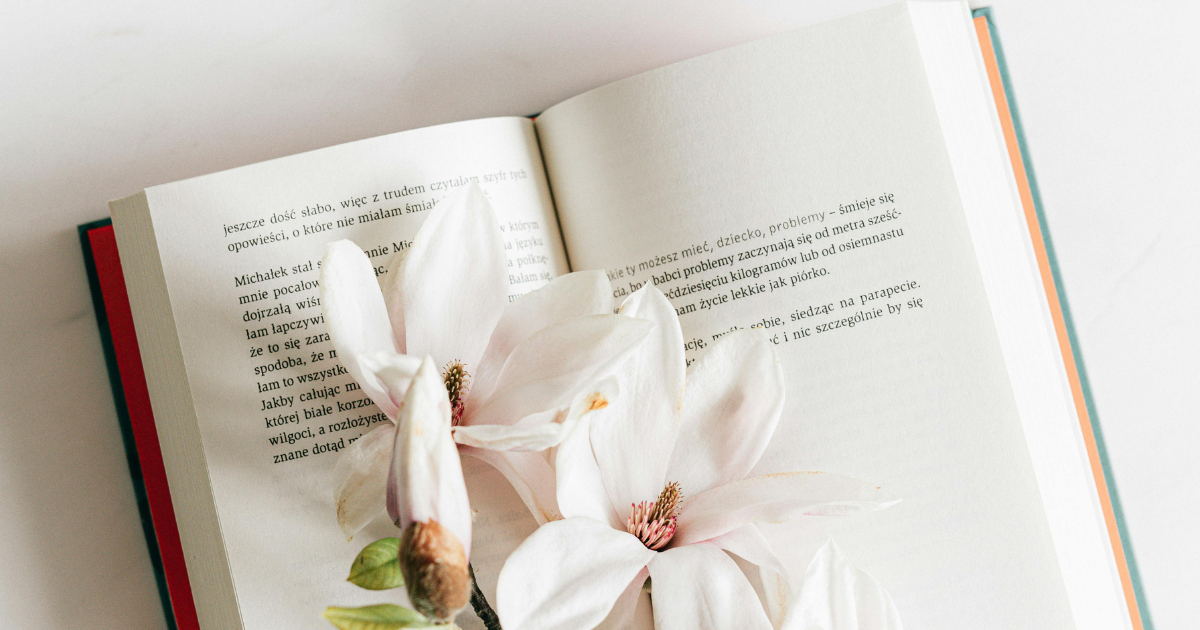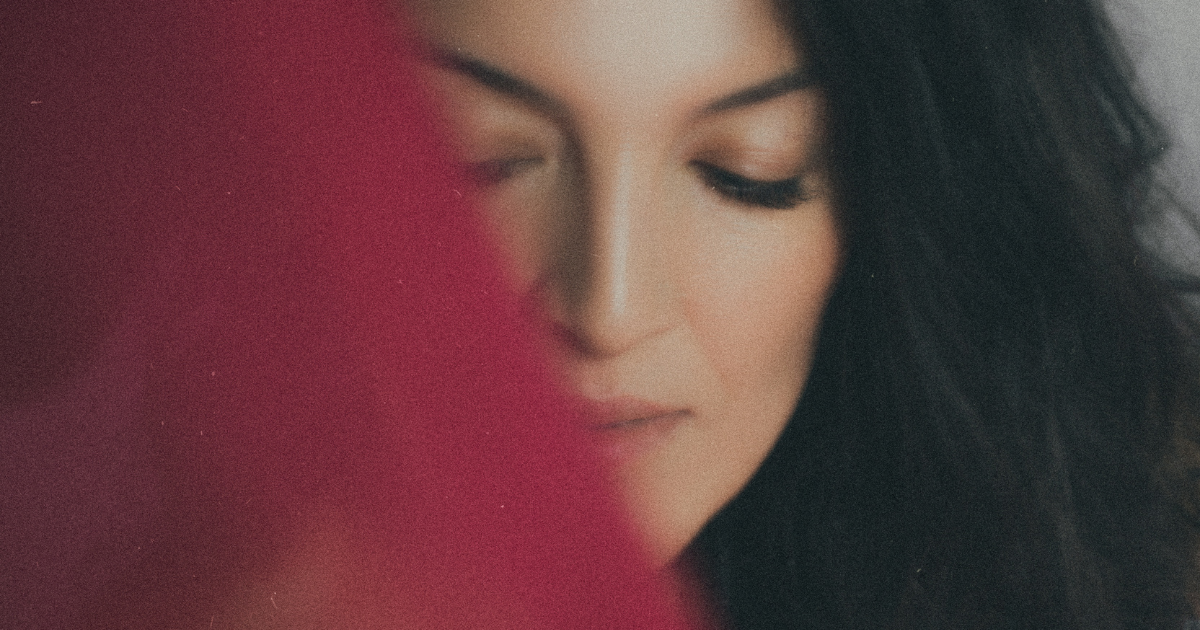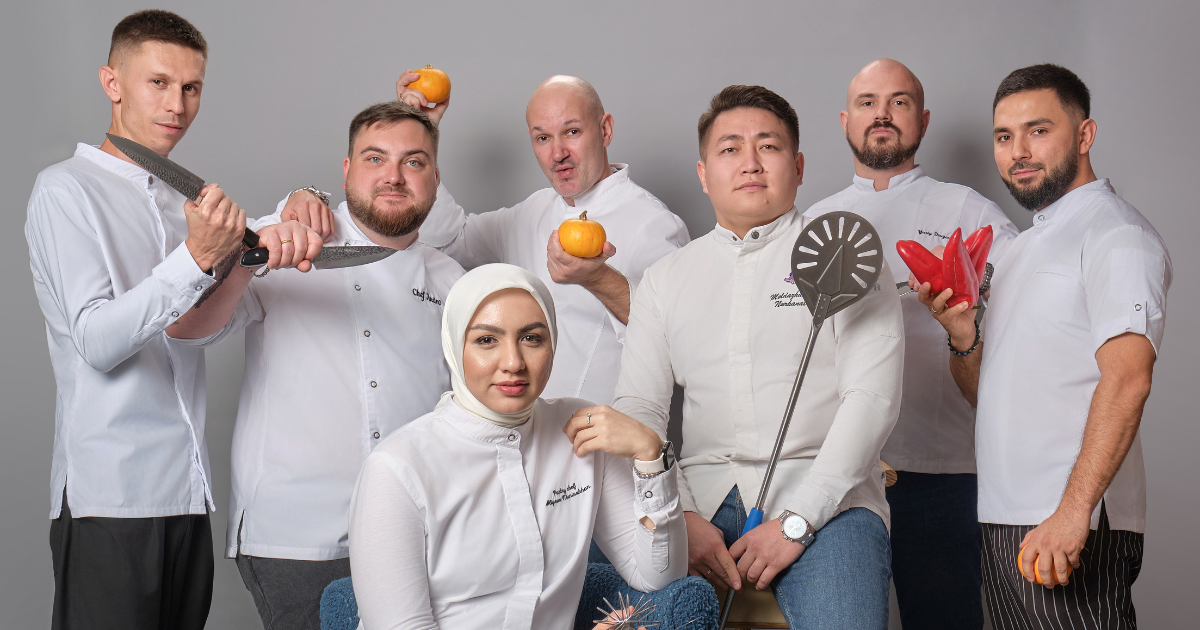The world’s most colorful cultural festivals
Three global celebrations that are better seen once than heard about a hundred times
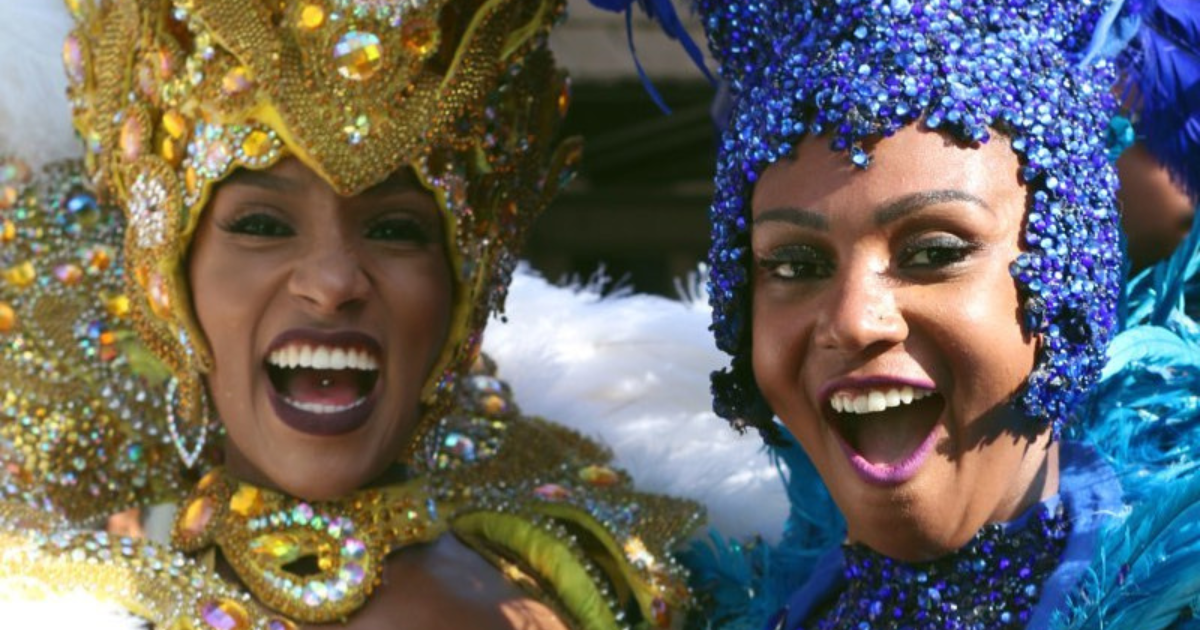
Festivals aren’t just about music and atmosphere. They’re about people. Because really, what kind of festival is it if there's “room for an apple to fall”? The spectacle, the joy, the shared emotion – that’s what people give to one another at these events.
Here are three of the most dazzling festivals from around the globe – celebrations where the show becomes a breath of life and the people are the true heart of the holiday.
Venetian Carnival
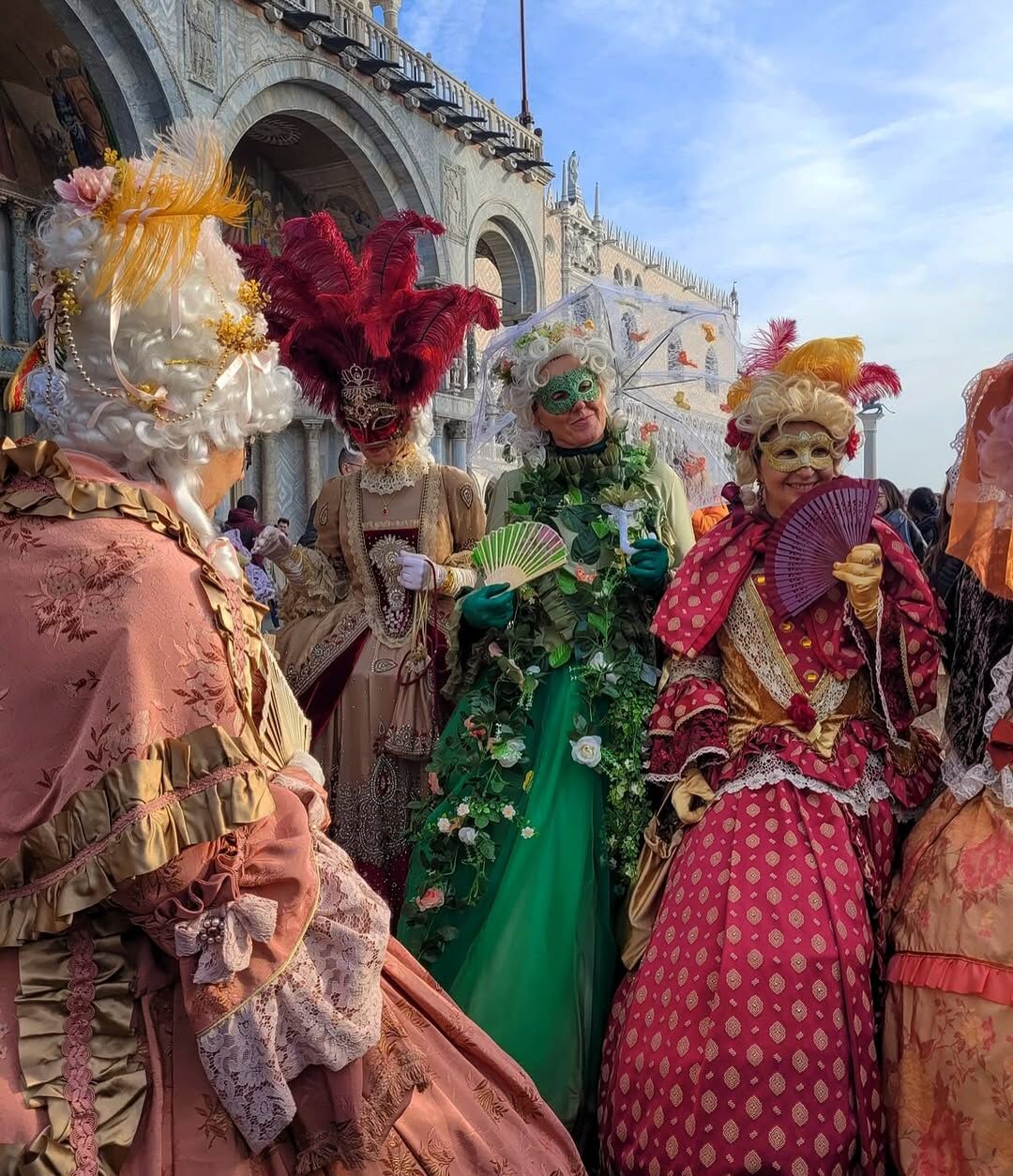
IPhoto: Instagram / events2b
Why start with the Venetian Carnival? Because each year, Venice sinks a little deeper under the water. On one hand, that’s a sobering thought – but on the other, it’s a reason to experience this incredible city at least once in a lifetime.
The Venetian Carnival is definitely a wonder of the world. The festivities reach their peak after dark. The festival’s lights ignite in the joyful eyes of the crowd, and Venice itself becomes a shimmering mirror for the glamour of the celebration.
On average, half a million people gather for the event each year. The festival’s signature symbol is the mask.
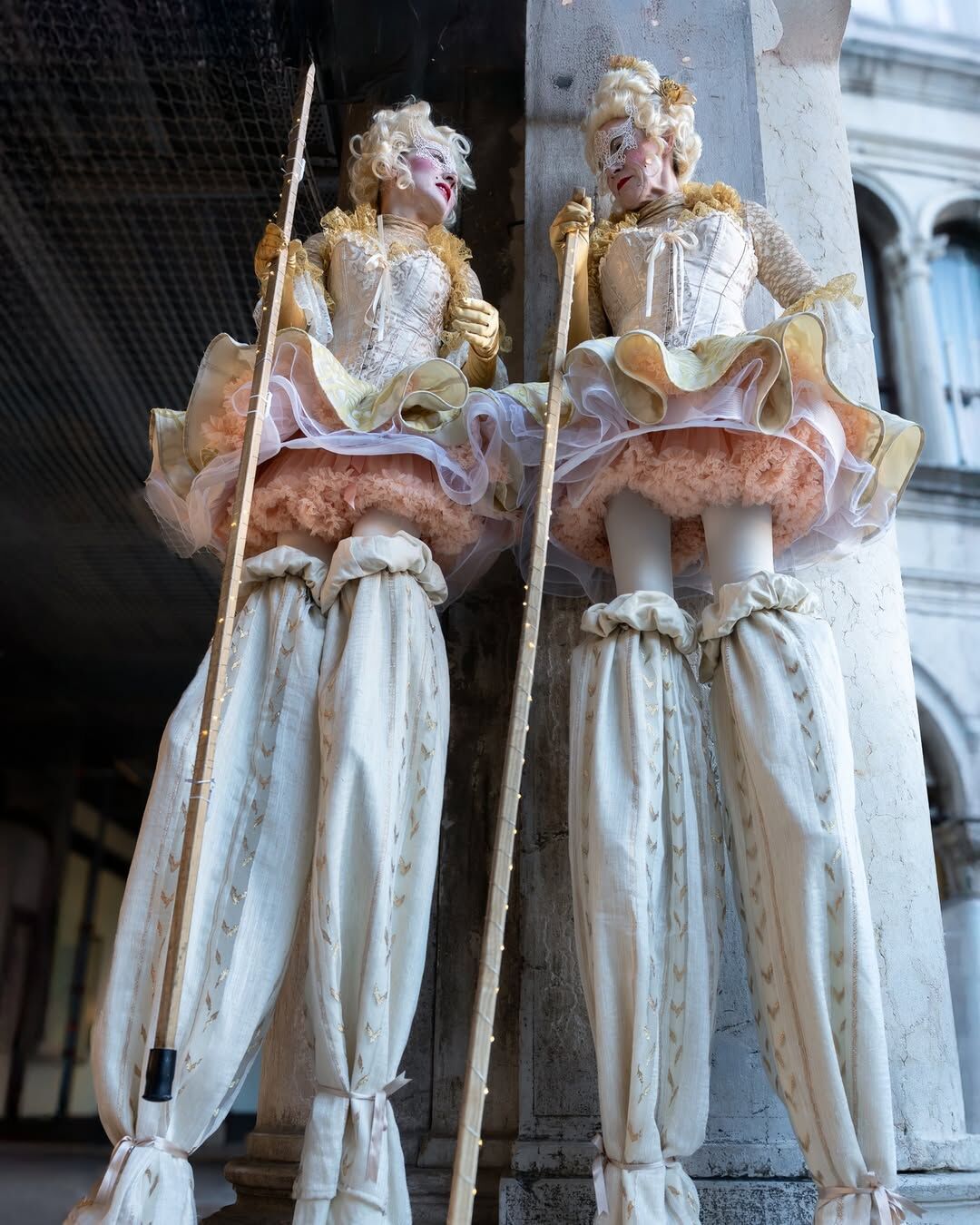
Фото: Instagram / wanderingeva
The dates of the carnival vary from year to year. In 2024, it ran from February 14 to March 4; the year before, it took place from January 27 to February 13. That’s because the carnival traditionally begins 12 days before Ash Wednesday – one of Italy’s most important Catholic holidays.
Once the revelry is over, the country plunges into the austerity of Lent, repenting for the indulgences of the carnival, both culinary and emotional. It’s this contrast that defines Italian tradition: from opulence to humility.
Inti Raymi Festival of the Sun in Peru
Inti Raymi isn’t just a festival – it’s a theatrical spectacle where ancient tradition meets the vibrant spirit of Peru. In Quechua, its name means “Festival of the Sun” – and that’s exactly what it is. Every year on June 24, the day of the winter solstice in the Southern Hemisphere, the city of Cusco transforms into a grand stage for one of South America’s most breathtaking events. The holiday was established by the Inca emperor Pachacutec, who is also credited with founding Machu Picchu.
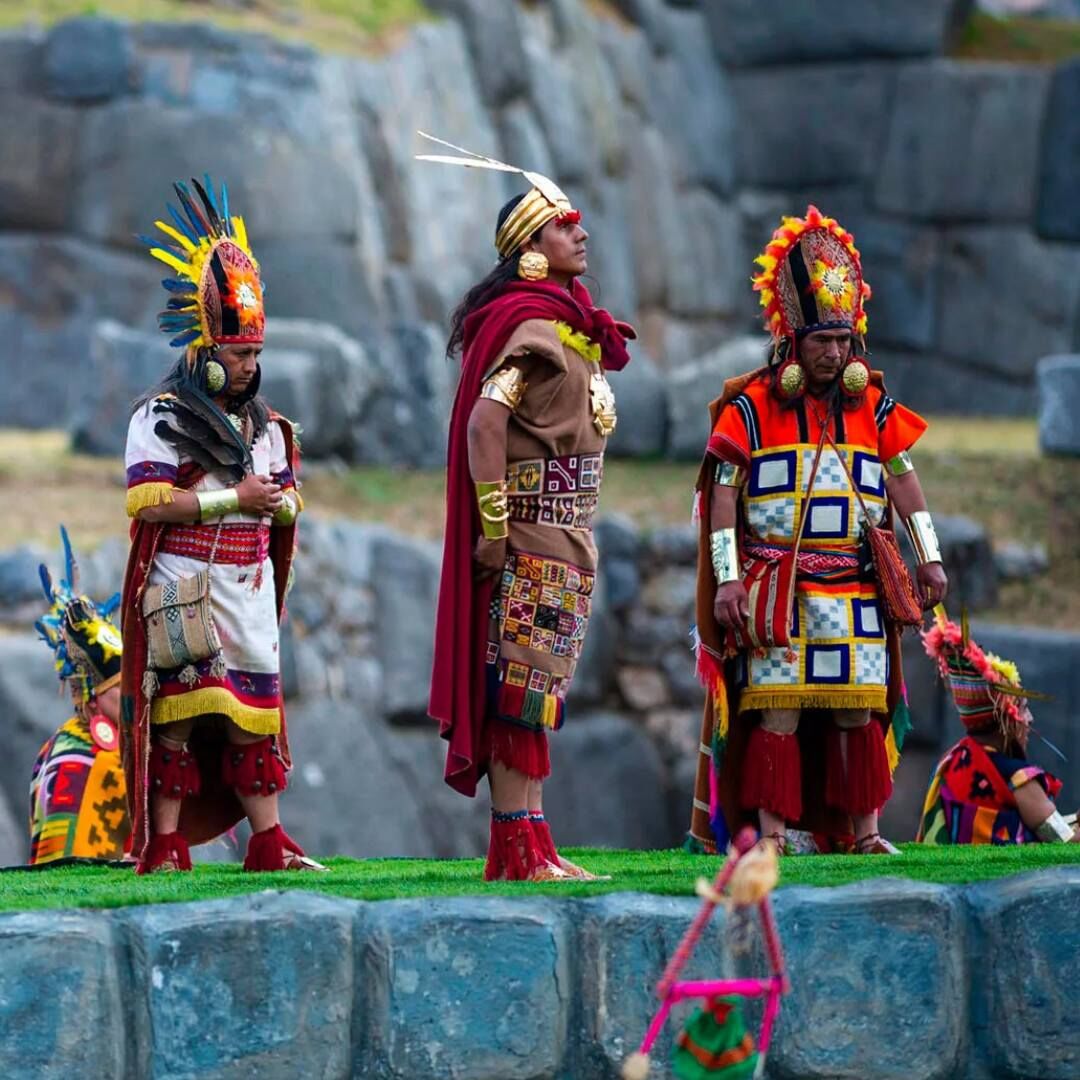
Photo: Instagram / novotelcusco
Later, the festival was banned by the Catholic Church as a pagan ritual. But in 1944, inspired by the Incan era, writer Faustino Espinoza Navarro revived it. He not only brought the ceremony back to life – he turned it into a mesmerizing performance where reality blurs into a fairy tale.
Today, Inti Raymi is a vital part of Peru’s cultural identity, drawing thousands of fascinated visitors from around the world each year.
Rio de Janeiro Carnival (Brazilian Carnival)
With roots in Portuguese, African, and Indigenous traditions, this festival is a culmination of celebrations before the fasting period. It usually takes place in February or early March and officially lasts five days, though the revelry often begins weeks in advance and lingers long after the final parade.
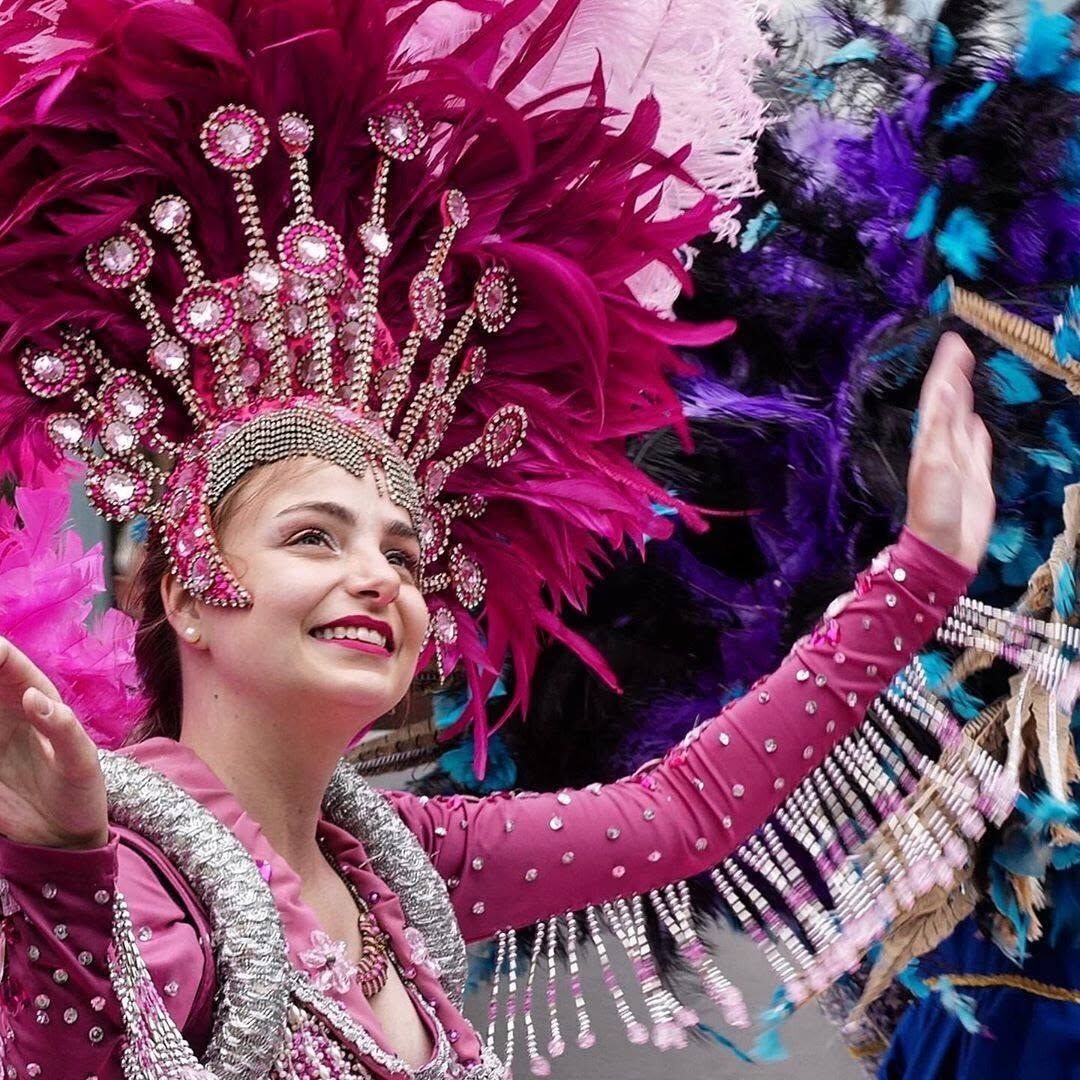
Фото: Instagram / a1luxurytours
The festivities start with the coronation of King Momo, marking the start of a whirlwind week. From that moment, nearly 5,000 people move as one powerful force to bring the spectacle to life. Parades and street parties start at 9 PM and last until 4 in the morning.
If you want to do more than just watch and actually join the parade in Brazil, you’ll need to plan ahead – tickets should be booked at least six months in advance. If you’re heading to Salvador or Rio just to soak up the atmosphere, four months of prep time will be pretty enough. The closer the date of the grand Rio show, the higher the prices and the scarcer the accommodations. The real chase for emotions begins long before the carnival itself.
